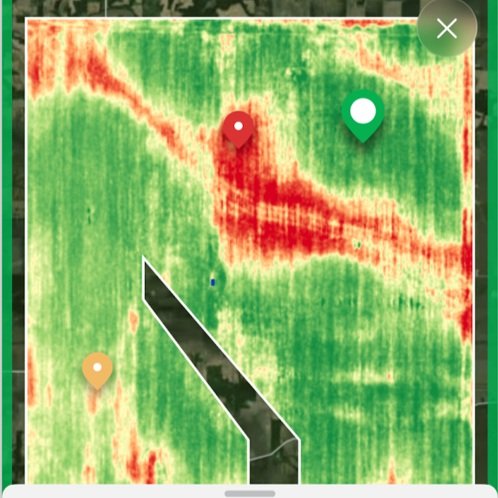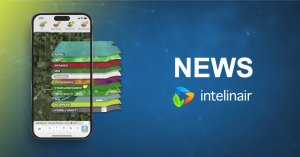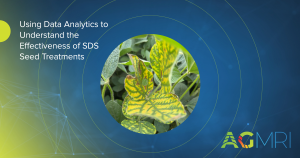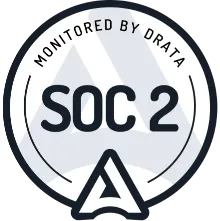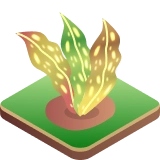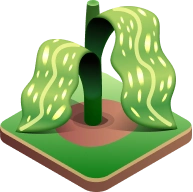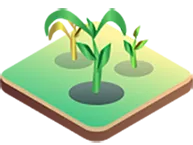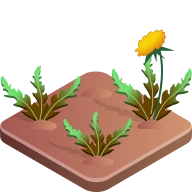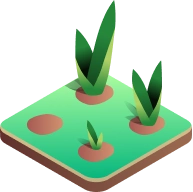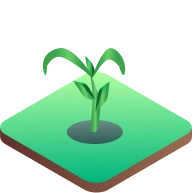Zone management and yield estimates are part of the job, but not always easy. AGMRI recently released two new features that enable users to quickly zone their fields and estimate their yields: the Precision Zoning Tool and the Yield Estimate Scouting Tool.
Precision Zoning Tool
The Precision Zoning Tool allows farmers to generate customized zoning maps for their fields that can be used to plan and apply variable rate applications throughout the season. Using NDVI analytics from AGMRI, the tool automatically segments fields into different zones based on potential crop productivity. This new tool allows users to make informed decisions about input applications – how much, where and when – to address issues in the field. This has the potential to reduce input costs and save time.

An NDVI image of a field (left), and a 3-zone map generated with the Precision Zoning Tool showing field variability (right).
The Precision Zoning Tool has the ability to export zoning maps with precision application directions directly to John Deere’s Operations Center (JDLink). Currently, AGMRI can export seeding, nutrient, and herbicide application prescriptions.
Yield Estimate Scouting Tool
With the improved Yield Estimate Scouting Tool, farmers have a quick and easy way to estimate their field’s yield potential. With this tool, farmers scout representative areas of their field and input their observations into the scouting tool. AGMRI will use the inputs to make the yield estimate calculations. Farmers can also choose an option in the tool to allow AGMRI to automatically select areas of the field to calculate yield potential estimates.

User generated information from scouting while using the AGMRI Yield Estimate Scouting Tool.

AGMRI generated a yield estimate from three points.
Once the estimation is complete, AGMRI will create a 3-D yield estimate map which the users can view as an overlay to any other image layer. This helps farmers consider what might be affecting the yield potential of the various regions in their field by comparing it with soil, topography, NDVI, and more.
These two tools can help optimize inputs throughout the season, as well as set expectations for harvest.
Ready to get started with AGMRI?
Start the conversation today: CONTACT US.

